If you’ve ever posted anything on social media as a small brand, you know how often if feels like you’re talking to a void. Too often, no one responds. No likes, comments, retweets—you get the idea.
Not so with Instagram. No matter how small your audience, your posts probably still receive at least a few likes and comments—especially if you use relevant hashtags. And with 500 million daily active users, it’s an enticing marketing channel.
The business case for Instagram ecommerce is strong. Not only does Instagram's engagement demolish Twitter, Pinterest, Google+, and LinkedIn, but, for brands, it even outperforms Facebook by a factor of ten.
It kind of makes you wonder why more brands aren’t on Instagram, right?
How to Advertise on Instagram in 2019
- Instagram’s link problem
- Introduction to how to advertise on Instagram
- How Instagram advertising works
- Types of Instagram ads
- Instagram ad campaign objectives
- Targeting options when advertising on Instagram
- How to create your first Instagram ad
Instagram’s link problem
For a long time, the big problem with marketing on Instagram has been getting your fans on Instagram back to your website. Since you can’t place clickable links in organic posts, brands have to direct Instagram follows to the link in their bio instead—and continuously update that link as they post new products.
Free Webinar: How to Grow and Monetize Your Instagram Account
Learn how to grow your Instagram audience and monetize it with an online store.
Reserve your seat nowAlthough this isn’t ideal, Instagram has still been an impactful source of traffic and sales for many companies. In fact, Instagram was the most successful source of traffic in one of our case studies. All that traffic came from the same “link in bio.”
But here’s the really exciting part: You can include links to your website in your posts if you advertise on Instagram. In the example below, the “Shop Now” button takes readers directly to a product page.

Shopping on Instagram
Instagram is now partnering with Shopify to take things a step further and offering product tagging and a Shop tab directly inside the Instagram interface.
Shopping on Instagram provides a seamless customer checkout experience for anyone who discovers your products in their Instagram feed.
Add products to your Instagram posts and stories
Start tagging products in your posts and turning engagement into purchases with the shopping on Instagram sales channel.
Learn moreWith product tagging, ecommerce brands will have even more reason to start advertising on Instagram.
Introduction to how to advertise on Instagram
In the past, if you wanted to advertise on Instagram, you had use sponsored posts. This requires negotiating privately with Instagram influencers and asking them to promote your brand on their account. While this can be a very effective way to drive traffic and sales through Instagram advertising, it has limitations:
- Often expensive.
- Requires reaching out and negotiating.
- No accountability or recourse if they don’t deliver.
- Limited audience targeting.
Sponsored posts still have their place in Instagram advertising. Getting someone else to promote your product carries solid benefits. It provides social proof, adding a cool factor to your business, and people are more likely to buy something when someone they trust bought it first. Plus, while you don’t have a lot of control over the influencers audience, at least you don't have to make any decisions about who to target.
Sponsored posts are still a great way to do influencer outreach, especially if you sell a product. And they’re not the only way to leverage influencers. In October 2017, Instagram launched paid partnerships in an effort to increase transparency for users and provide influencers and brands alike with more Instagram advertising opportunities. The feature, available to accounts with lots of followers and engagement, offers more insights and reporting than standard sponsored posts.

How Instagram advertising works
Since late 2015, anyone can now learn how to create Instagram ads through Facebook’s self-serve advertising platform. With it, you have total control over your ads, how they appear, and who sees them. And unlike sponsored posts and paid partnerships, your ads get posted directly from your own account. The advantages to this method of Instagram advertising include:
- Scalable pricing.
- Self-serve and instant.
- Robust reporting so you’re in control.
- Highly refined audience targeting.
What’s more, with Instagram’s move away from a chronological feed in favor of a curated feed, you never know how many of your followers will see your posts.
Types of Instagram ads
You can run five different types of Instagram ads:
1. Photo Ads
A Photo Ad is one simple photo in landscape or square format. These are the simplest in terms of visual asset needs, since you just need a single image. Here’s an example of a Photo Ad from outdoor ecommerce brand Fimbulvetr Snowshoes, which takes users to the product page of the snowshoe featured in the ad creative.
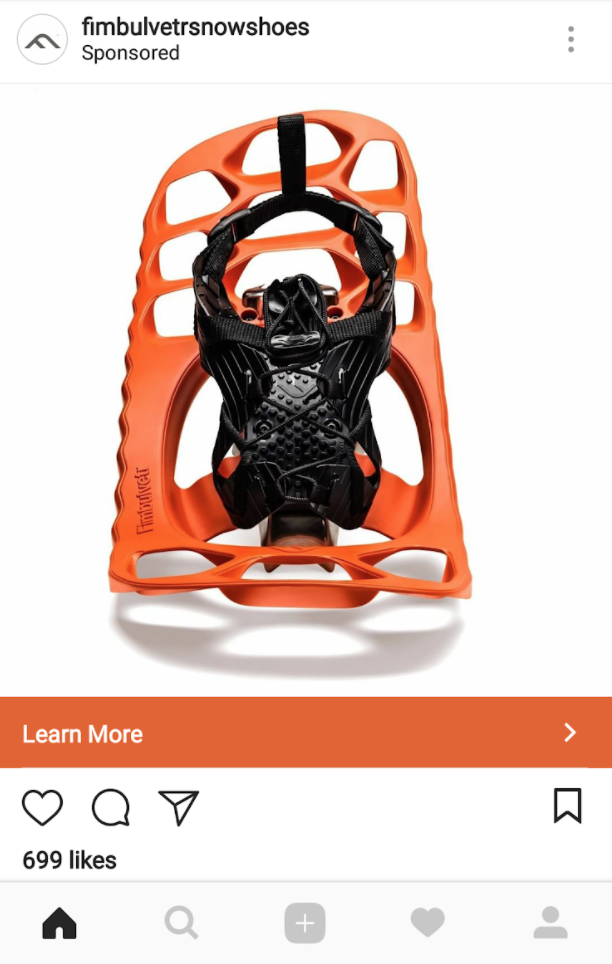
2. Video Ads
Instagram used to have a 15-second limit for videos, but it has since lifted that rule. Now, videos can be up to 60 seconds long and shot in landscape or square format. Dollar Shave Club uses the Video Ad format in its Instagram advertising to promote a new membership deal, highlighting the various products included in the deal.

3. Carousel Ads
An Instagram Carousel Ad can have anywhere from two to ten images and/or videos that users can view by swiping through. West Elm uses Carousel Ads to highlight their range of products for their Instagram advertising campaigns.

4. Slideshow Ads
Slideshow Ads are similar to video ads in that they appear as a video in users’ feeds. These ads, however, are made up of a series of still images which play as a video, much like a slideshow. You can add text and audio to your Slideshow Ads.
5. Stories Ads
Instagram Stories Ads is one of the newest kinds of ads available to businesses on the platform. Instagram Stories is similar to Snapchat in that it allows users, and brands, to share self-destructing photos and videos. Brands can also advertise on Instagram Stories with photo or video content. Online fashion brand ASOS has used Instagram Stories Ads with much success to build brand awareness and ad recall.
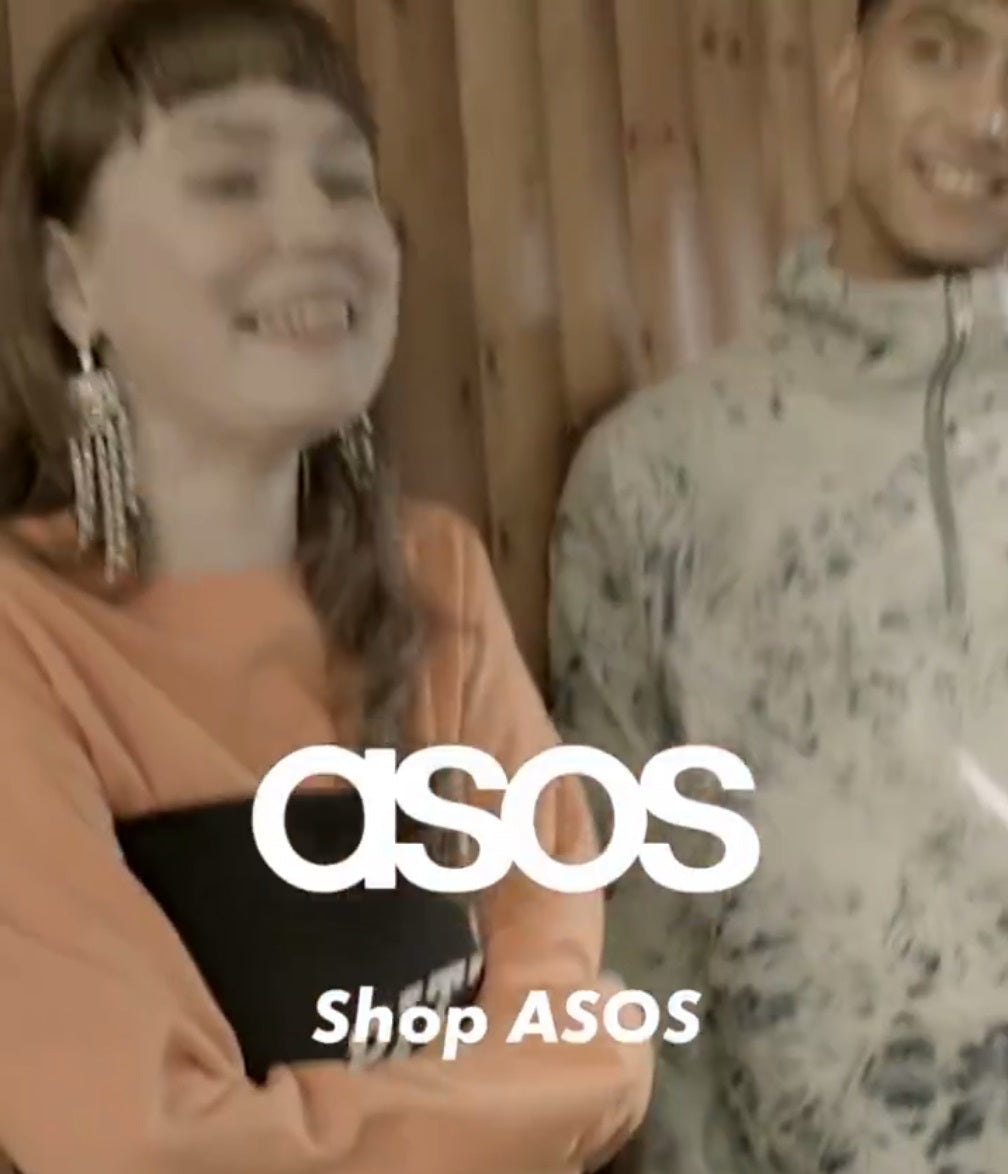
Instagram ad campaign objectives
When advertising on Instagram, you can choose from several campaign objectives. These are potential goals for your Instagram ad campaign that you select from a list. Don’t neglect this choice; it will influence how your Instagram ads are optimized and how you pay for them. For example, if your goal is to get people to watch your video, you probably don’t care how many users click on your link.
You may already be familiar with campaign objectives from creating Facebook ads. Options include:
1. Brand awareness
This objective is for when you want to drive awareness of your business, product, app, or service when advertising on Instagram. The objective formerly called Awareness falls under this objective. The Brand Awareness objective supports Image Ads, Video Ads, Carousel Ads, Slideshow Ads, and Stories Ads.
2. Reach
With a Reach objective, you can also drive awareness of your business, product, app, or service. The objectives formerly called Local Awareness and Reach & Frequency now fall under this objective. The Reach objective supports all Instagram ad types. Reach is different from Brand Awareness in that it allows you to reach a larger audience, whereas Brand Awareness is a bit more targeted to users who are more likely to recall your ad or brand.
3. Traffic
You can use the Traffic objective to drive visitors to your website. If you have a mobile app, this is also effective for driving app engagement. The objective formerly called Website Clicks now falls under Traffic. You can also use this objective to create an offer for your audience. The Traffic objective supports all Instagram ad types. The Mountain Collective, which sells ski passes and packages, has used the Photo Ad type to drive users directly to their online store.
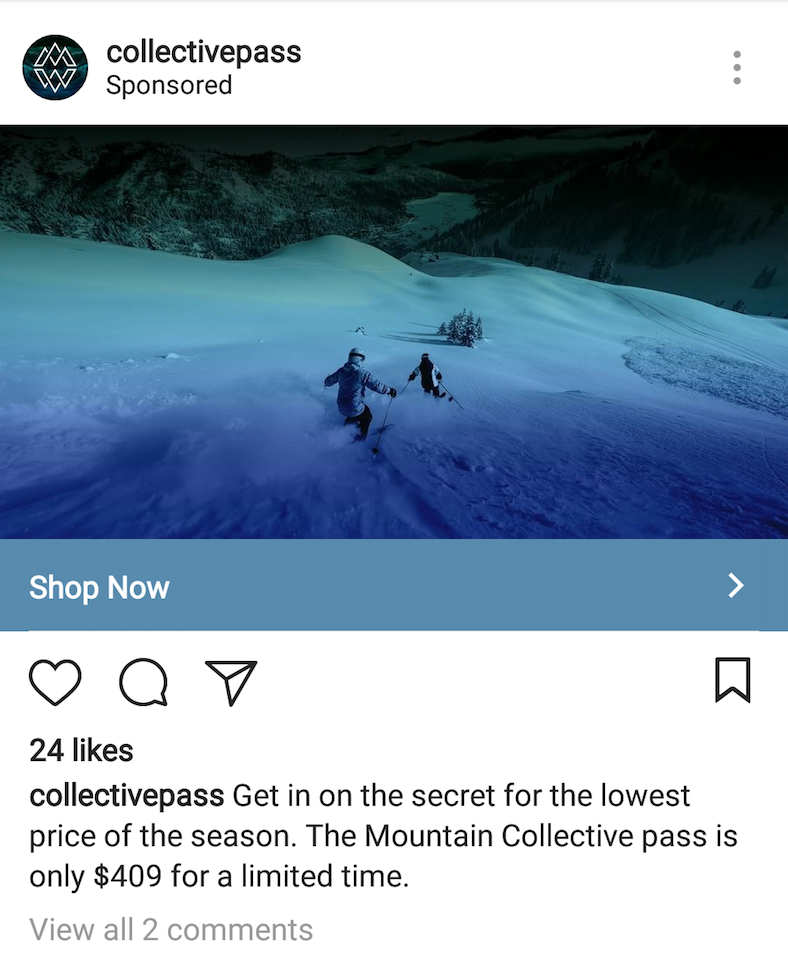
4. App installs
Unsurprisingly, the App Installs objective is ideal if you’re trying to get users to download your app. You can use any Instagram ad type with the App Installs objective. Here’s a Carousel Ad example from Poshmark that drives users directly to their respective app store to download the mobile app:

5. Engagement
Engagement is another objective you can use to promote offers. It’s also effective at promoting your Instagram account and posts. Image Ads, Video Ads, and Slideshow Ads are your options under the Engagement objective.
6. Video views
If you’re running a Video Ad, Carousel Ad, Slideshow Ad, or Stories Ad, you can use the Video Views objective to promote the video. This is an effective objective to drive awareness for your brand and products.
7. Lead generation
Instagram ads with a Lead Generation objective are great for collecting information from users, like their email addresses, so you can market to them in the future. This objective supports all Instagram ad types.
8. Conversions
The Conversions objective is a great choice for ecommerce businesses that want to drive sales. The objectives formerly called Website Conversions and Dynamic Ads both fall under the current Conversions objective. If you want to optimize for people completing a specific action in your app and you have the Facebook SDK installed, you should use conversions as your objective.
💡 Note: In order to use this objective, you need to have a the Facebook pixel installed on your website. If you don’t have one installed yet, you’ll get a message letting you know.
Targeting options when advertising on Instagram
Instagram ads have all the same targeting options as Facebook ads. These include targeting based on location, demographics, interests, behavior, lookalike audiences, and automated targeting (let Facebook decide).
Even better, if you have Custom Audiences, you can target them on Instagram. Custom Audiences are groups of people who have already connected with your brand in some way. This could be by visiting your website, engaging with your posts on Facebook, using your app, or sharing their contact info with you.
How to create Instagram ads
- Link your Instagram account to your Facebook page
- Create an Instagram ad campaign
- Create your ad set
- Analyze and optimize your Instagram ads
Let's dive into exactly how you can create your first ad on Instagram.
Step 1: Link your Instagram account to your Facebook page
The first step to creating an Instagram ad is to link your Instagram account to your Facebook page. You only need to this once.
Visit the Settings for your Facebook page and click on “Instagram Ads.”
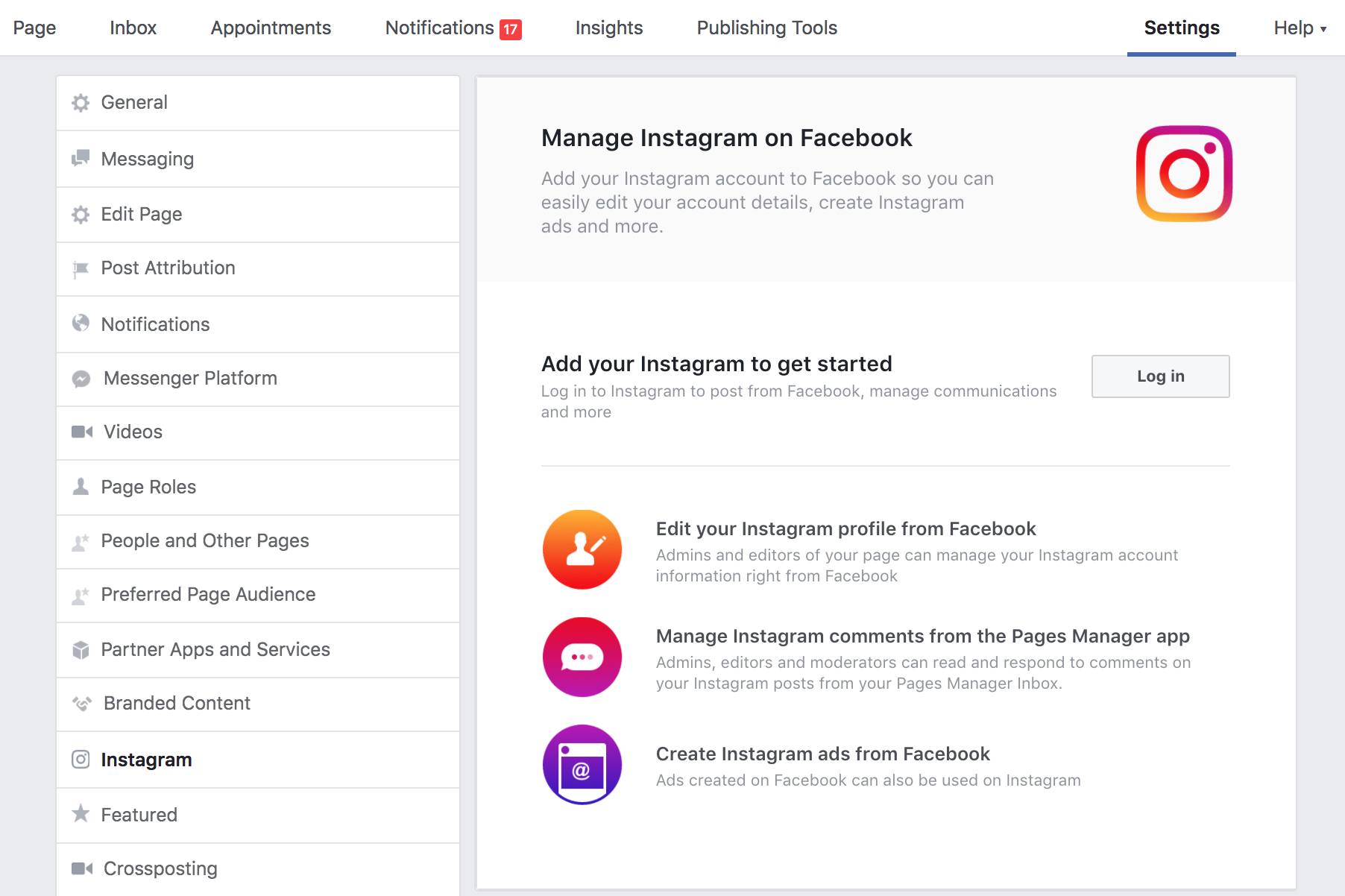
Next, click “Log In” and fill in your Instagram login credentials. If you don’t already have an Instagram account, you can also create one now.

Step 2: Create an Instagram ad campaign
After you’ve linked your Instagram account to your Facebook page, it’s time to head over to the Ads Manager and create your first campaign. If you’re more comfortable using Power Editor, you can also create Instagram ads there. If you already create Facebook ads, much of this process will be familiar to you.
In the Ads Manager, click on the “Campaigns” tab and then “+ Create” near the top left corner of the screen.

Next, choose your campaign objective. Remember, not all objectives are compatible with Instagram Stories Ads.
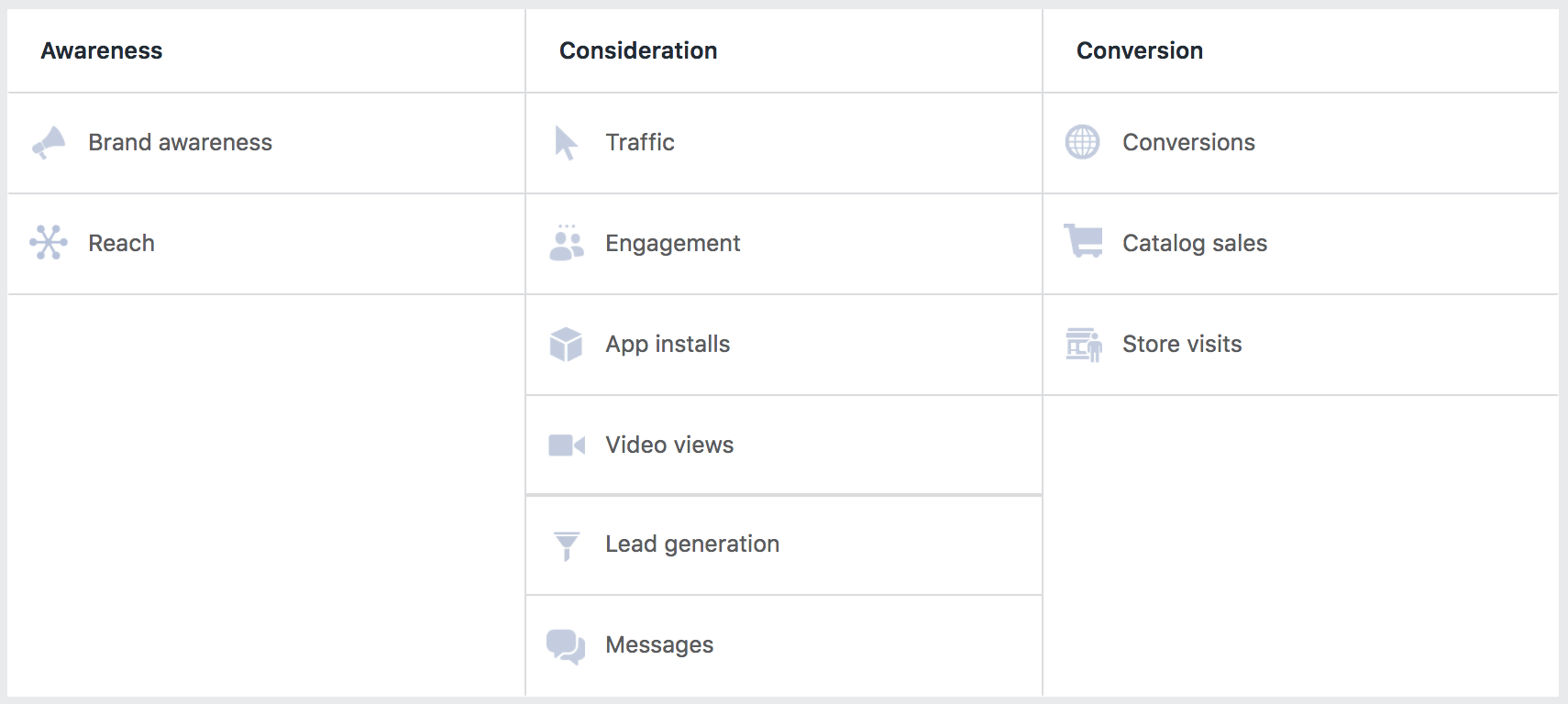
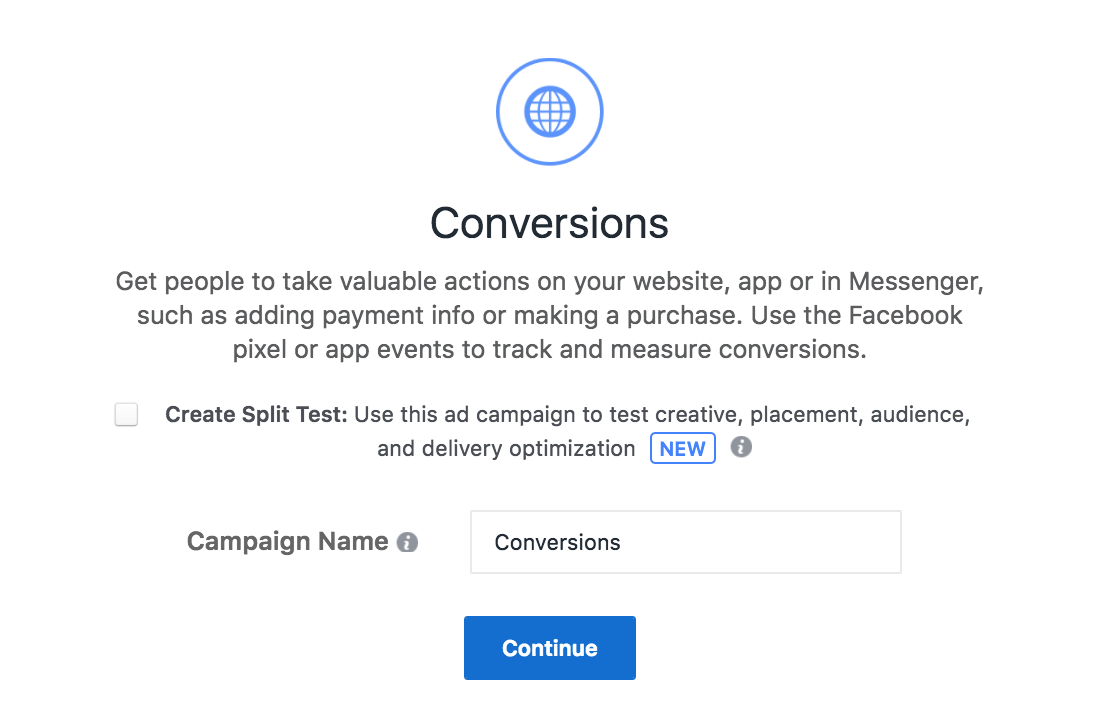
Resource: The Beginner’s Guide to the Facebook Pixel
Step 3: Create your Instagram ad set
On the Ad Set page, you’ll be able to choose “Purchase” as the type of conversion you want to optimize for.
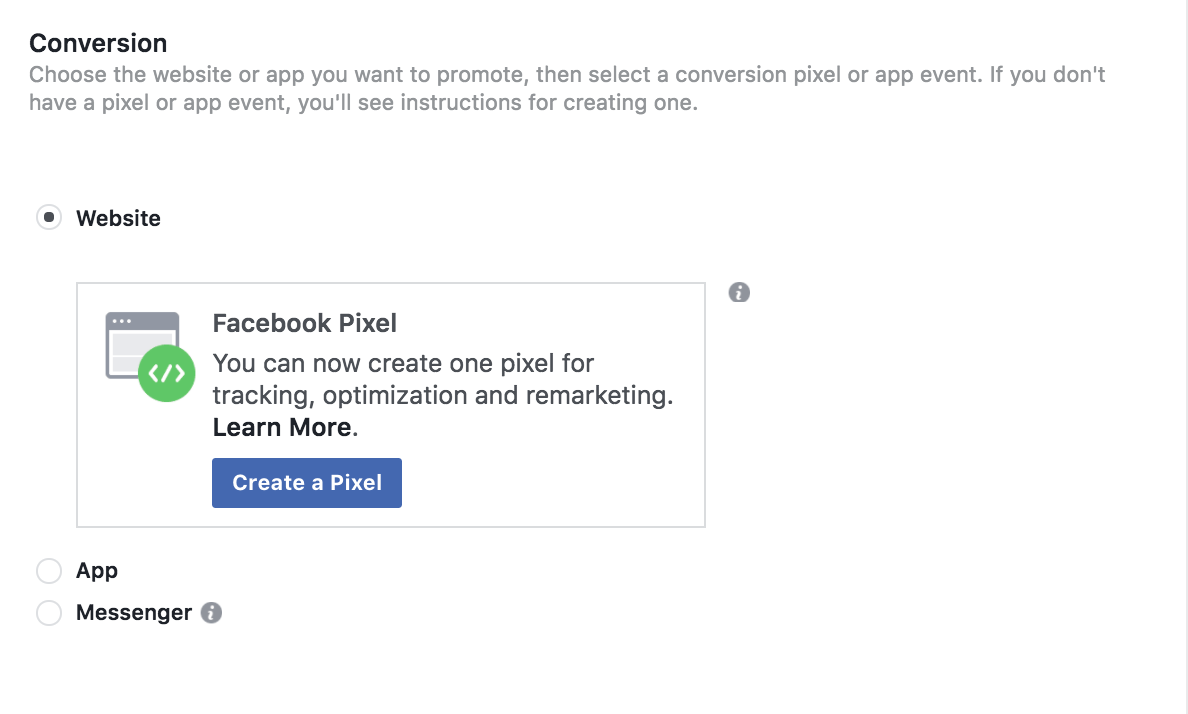
You can also choose to add an Offer, which will help drive even more conversions on your ad.

Next, define who you want to see your ads and how much money you want to spend. All the same targeting options are available for Instagram ads as for Facebook ads.
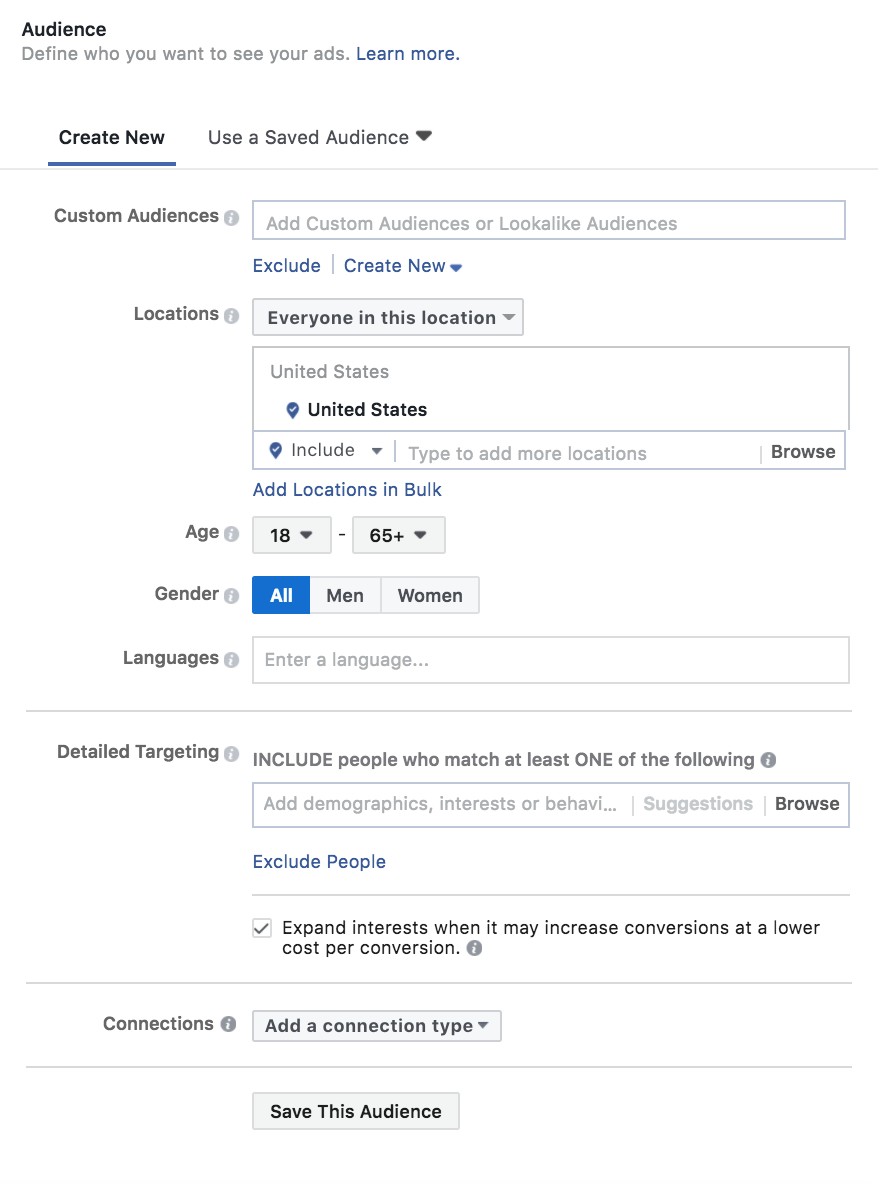
If you have any Custom Audiences already created, you can select them for targeting with your Instagram ad at this point.
Resource: The Beginner’s Guide to Facebook Custom Audiences
Next, select your ad Placements. You’ll see the option to run your campaign on Instagram, as well as Facebook and Messenger.
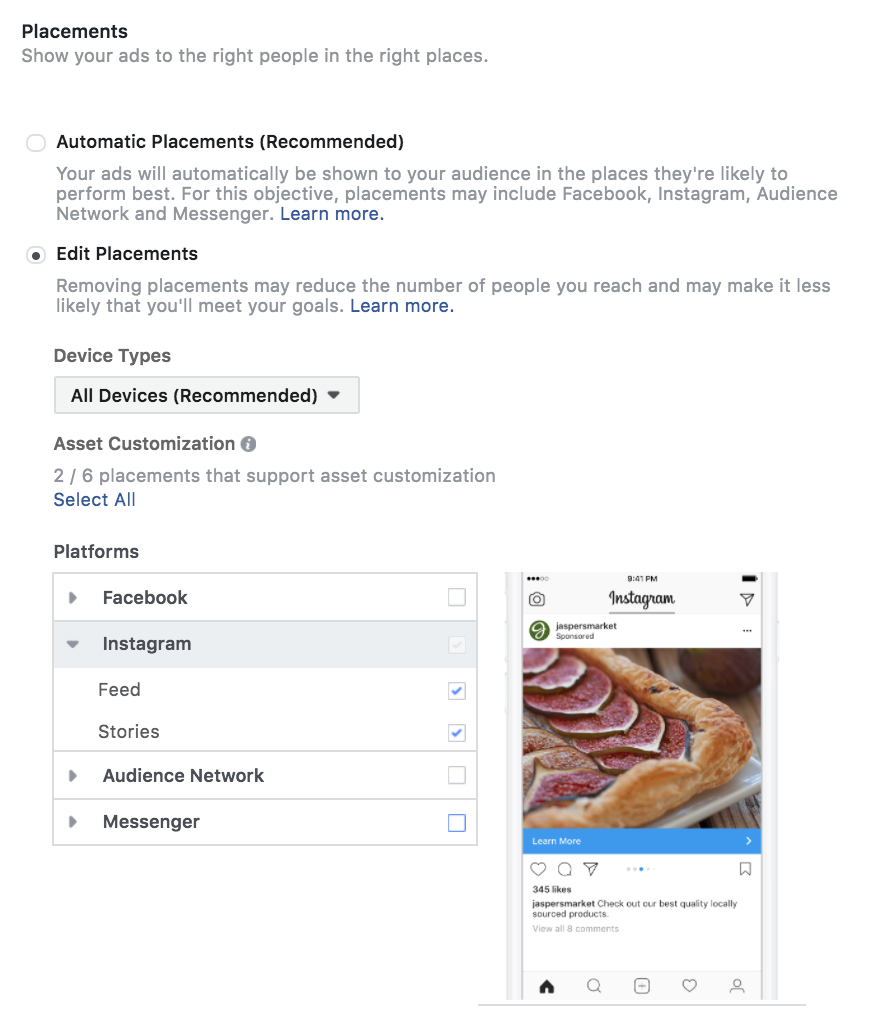
When figuring out how much you want to spend when you advertise on Instagram, start low. You can always increase the budget later if your ad is performing well.

When you’re finished choosing who to target and how much to spend, click “Continue” in the bottom right.
On the next screen you’ll see an option to choose your Instagram ad format. Note that the Canvas format is not compatible with Instagram. Once you’ve decided, scroll down to upload your images or videos.

After you’ve uploaded your visuals, scroll down further, and you’ll see an option on the left to add text to your ad.
Finally, to the right of the text editor, you’ll be able to preview how your ad will look on Instagram. Here’s how an example ad would look. You can also see how your ad would look in any other formats selected.

Once everything looks good, click “Place Order.” Otherwise, go back and make changes.

Step 4: Analyze and optimize your Instagram ads
Your work isn’t complete after you’ve launched your first Instagram ad campaign. Once it’s running, you’ll want to monitor its performance and test ideas to find the most effective messaging, creative, and targeting. Within Ads Manager, you can edit your Instagram ad to incorporate split testing, change the targeting parameters, and view analytics for the performance of your ads.
The first Instagram ad is always the hardest. Once you’ve conquered your first one, it’ll be much easier the second time around.
